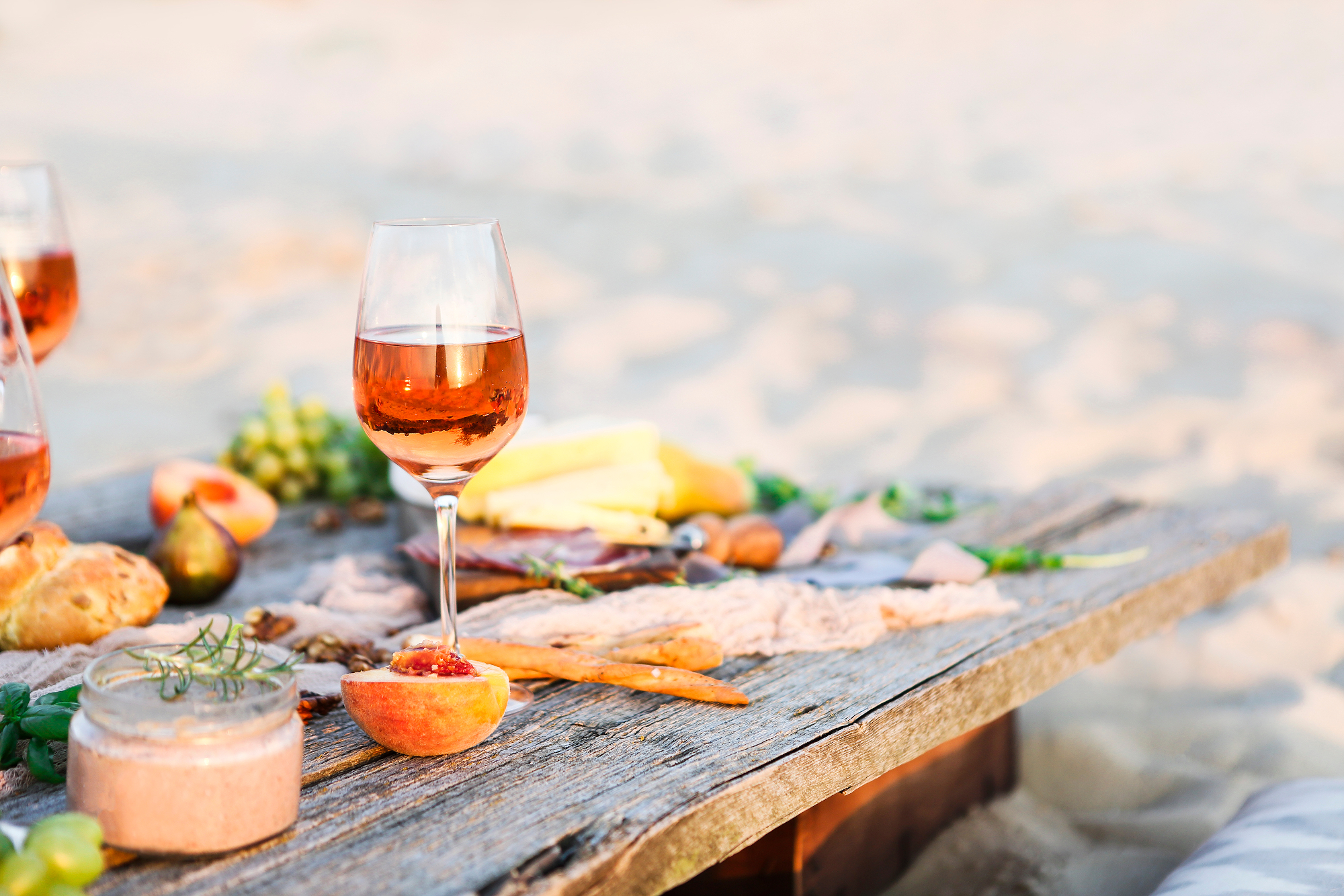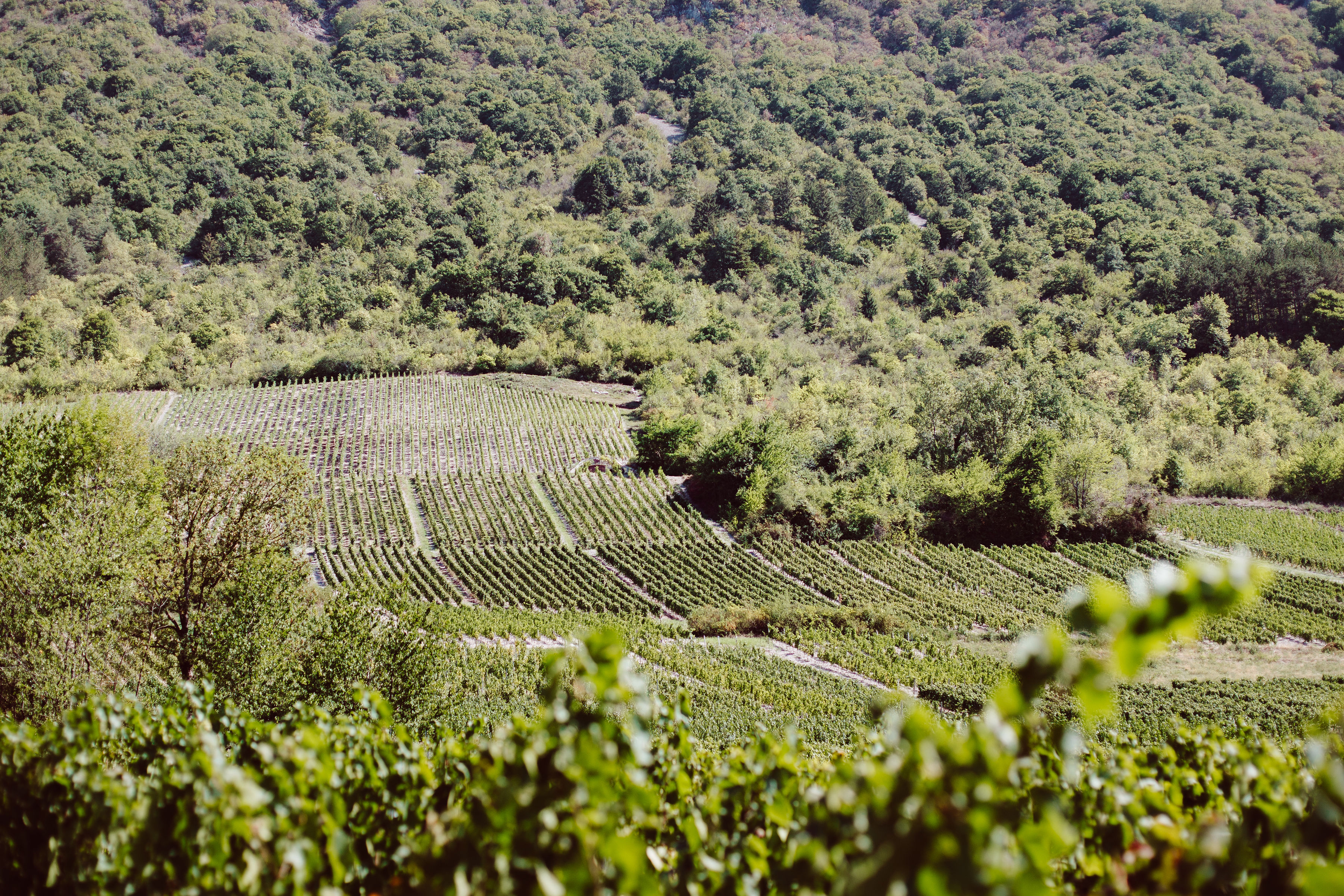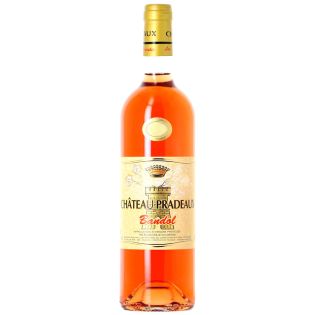
Rosé Wine
Get to know the star wine of the summer.
It is inevitably synonymous with sunny holidays and convivial aperitifs. With its "sunset" colour, rosé wine is a seducer to which we succumb all summer long. From pale pink with salmon hues to a deep, luscious fuchsia, sometimes dry and sometimes soft, this wine offers a rich palette of colours, styles and aromas. This is why there are so many different rosé wines, whose characteristics depend on many criteria. So much so that it is not always easy to find one's way around, especially at a time when the shelves of supermarkets are filled with a thousand and one bottles at very different prices. So that you too can see life in the pink, follow our advice to better understand this wine.
What is rosé wine?
Contrary to what one might think, rosé wine is neither the product of pink grapes nor the fruit of a mixture of black and white grapes. In the Aube region in particular, it is certainly permissible to blend chardonnay and pinot (noir or Meunier) to create rosé champagnes. But French rosé wine is made only from black grapes with white juice. So where does its colour come from?
The colour of rosé wine is essentially due to the maceration time and the vinification technique used. In direct pressing, the grapes are pressed after the harvest and the resulting juice remains a pale pink colour. This is currently the most commonly used method. On the other hand, when the juice remains in contact with the grape skins for several hours, the colour of the wine is more intense. This is called pellicular maceration.
The colour, as well as the aromatic qualities and ageing potential of these rosé wines, also depend on the grape varieties used and the terroirs where they are grown. Depending on the region, rosés are the fruit of a single grape variety or a blend. Cabernet Franc, Merlot, Cinsault, Carignan, Grenache Noir, Tibouren, Gamay, Mourvèdre, Syrah, to name but a few, are used.
As for the aromas, we lean towards fruit (citrus, exotic, white or yellow flesh, black or red), flowers, spices, English sweets... The same diversity can be measured in the colour of the wines: rose petal, coral, onion skin, salmon, cherry, raspberry...
Where is rosé produced?
It is in Provence that rosé is king. It is also in this region of the South of France that we find the most beautiful references of the world, among which we can quote the Château Simone rosé (AOC palette). The Côtes-de-Provence are certainly the rosés most represented in this sun-drenched vineyard. The wines of Bandol and Bellet as well as the Coteaux d'Aix-en-Provence and Coteaux Varois-en-Provence also produce fine AOC/AOP wines.
The Mediterranean is generally the cradle of rosé wine. In Corsica, for example, look to the AOC Calvi, Figari, Porto-Vecchio or Sartène.
Rosés are produced in other French vineyards. In the Rhone Valley, AOC Tavel and Costière de Nîmes are examples. In the Loire, rosés from Anjou and Cabernet d'Anjou are also good references. In Burgundy too, rosé wines can be found, notably through the AOC marsannay. A pic-saint-loup from Languedoc, a gaillac from the South-West or a bordeaux-clairet will also take you on a journey with original AOC/AOP rosés.
How to enjoy a rosé wine
For the aperitif, opt for a fresh and light rosé such as a Côte-de-Provence. For a fruity, low-sugar wine, rosés from Anjou are perfect. And to accompany a whole meal with an aromatic wine, turn to a bergerac, gaillac, marsannay, tavel or bandol.
Generally speaking, rosé goes well with aperitifs (cold meats, puff pastries, etc.), barbecues (grilled meat and fish), oriental dishes (fish, meat, fish, etc.), and other dishes.s), oriental dishes (couscous, tajine...) and Provencal cuisine (tian of sunny vegetables, tapenade...). These wines are often associated with simple cuisine, but some wines, such as a Château Simone, are a natural accompaniment to gastronomic dishes.
Rosés are generally drunk within the year. Some vintages can be kept for 2-3 years, Bandol for example. Some fine bottles and exceptional vintages can be aged for 4-5 years.
As for the serving temperature, it all depends on the bottle of rosé you have chosen. When they are very aromatic, rosés are best served between 12 and 14°. Fresh and light, they should be drunk chilled, at around 8-10°; this is often the case for rosé wines from Provence. In all cases, avoid ice cubes and the famous "rosé piscine"; the wine's aromas could be diluted.
Colour, style, price...: how to choose a rosé wine
Currently, the trend is for rosés with a very pale, clear and transparent colour. They are said to be synonymous with freshness, lightness and quality. This is often true, but don't be taken in by what is above all a fashion phenomenon. In any case, the best way to choose a good bottle is to contact a professional wine merchant. The presence of an AOP/AOC is also a guarantee of quality, insofar as the wine is produced in a defined geographical area according to precise specifications. The price criterion is also often taken into account, especially as rosé has the advantage of being good value for money, provided you choose the right producer. Don't hesitate to ask us for advice.
Le vignoble

